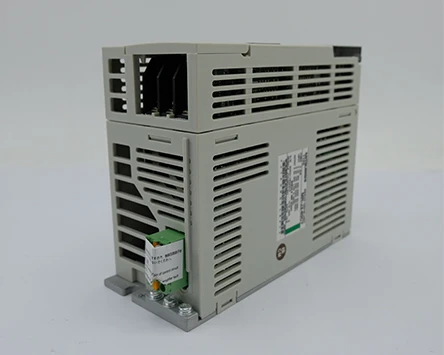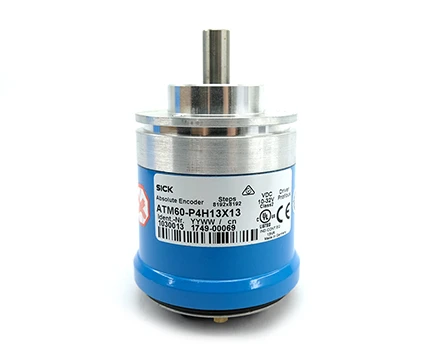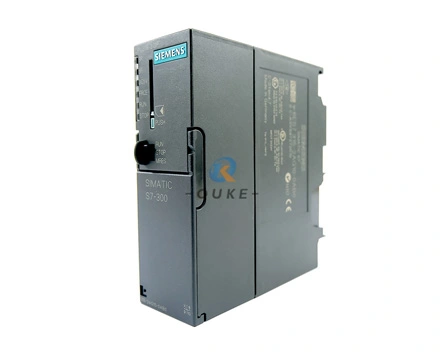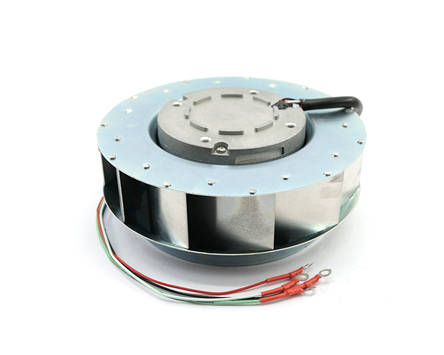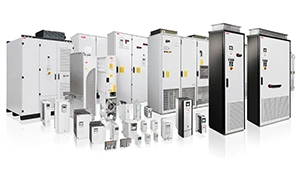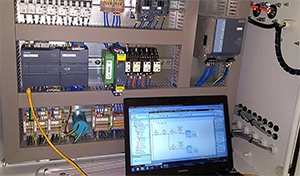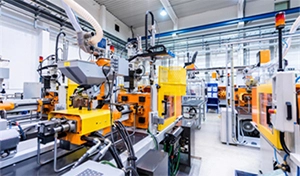
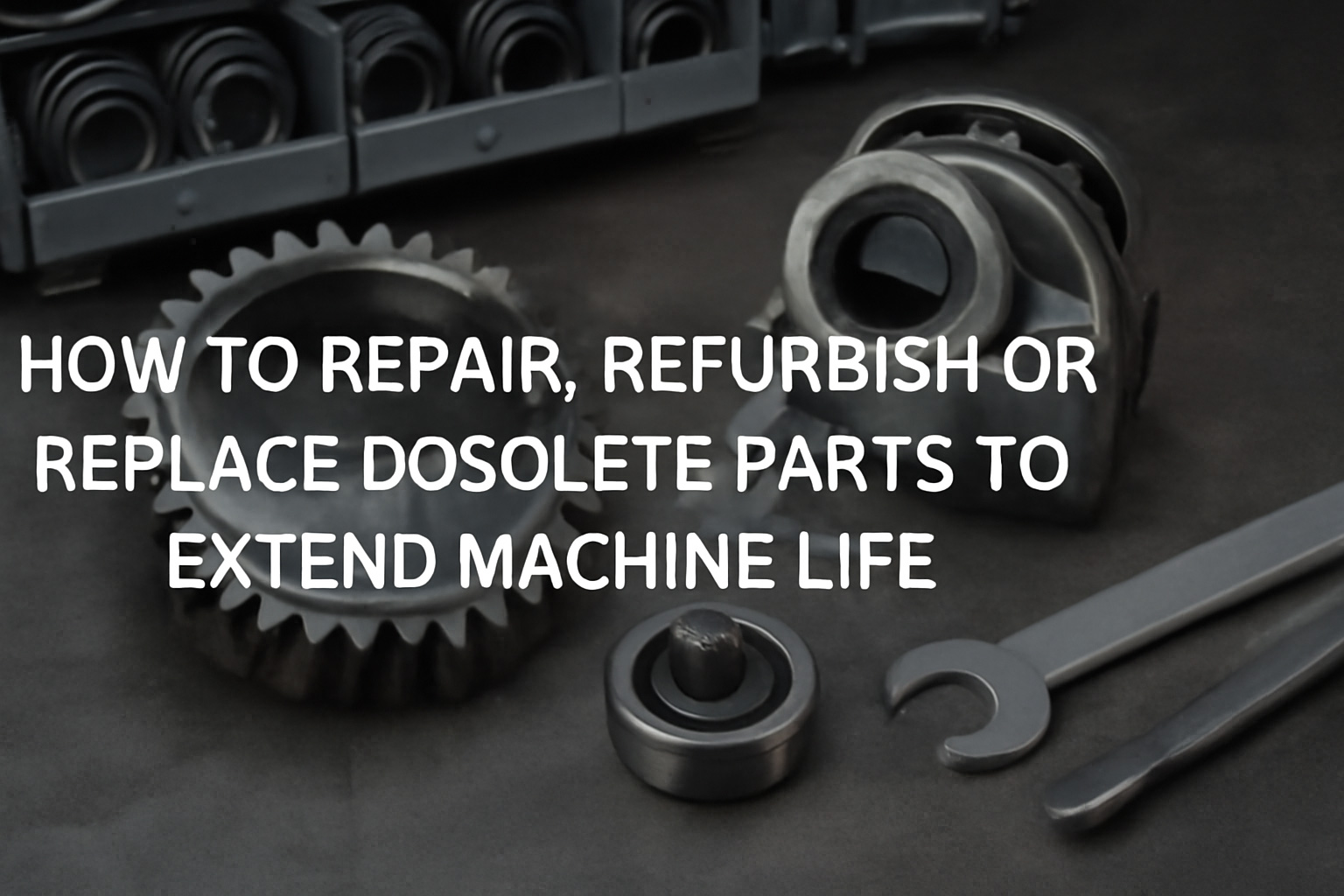
Repair, Refurbish, or Replace: Extending the Life of Your Machines with Obsolete Parts
In today's fast-evolving technological landscape, products and their components often become obsolete over time. This presents a significant challenge for businesses and industries that rely on machines and systems built with now-outdated parts. Whether to repair, refurbish, or replace obsolete parts is a decision that many face. Each option comes with its own set of benefits, and understanding how to manage obsolete parts can extend the life of your equipment, reduce costs, and promote sustainability. Let’s explore the importance of this process and how to make the best choice for your machinery.
The Importance of Obsolete Parts in Legacy Systems
Many industries continue to use older machines and equipment that rely on parts no longer in production. These legacy systems, which still play a critical role, often depend on obsolete parts to function. Understanding the value of these parts can shed light on why they remain so crucial:
Cost Efficiency: Replacing an entire machine with a modern counterpart can be expensive and time-consuming. Obsolete parts allow businesses to keep existing equipment running, providing a far more affordable solution than upgrading entire systems.
Customization and Specialization: For machines designed for specific tasks or specialized applications, obsolete parts can be hard to replace. Finding exact replacements ensures that unique equipment continues to serve its purpose.
Historical and Cultural Preservation: In industries like aerospace, automotive, and manufacturing, obsolete parts are vital for preserving the history of technology and restoring older machinery to its original condition.
Environmental Benefits: By repairing and refurbishing obsolete parts, we reduce electronic waste, prevent the need for new production, and decrease the carbon footprint associated with manufacturing.
Research and Development: Obsolete parts often serve as invaluable tools for research, education, and experimental purposes, providing insights into the evolution of engineering and technology.
Sustainable Repair of Obsolete Parts
Repairing obsolete machine parts can often be a cost-effective and environmentally friendly solution, particularly when exact replacements are unavailable. Here's why repairing obsolete parts can be a good option:
Environmental Impact: Repairing existing parts helps reduce electronic waste and conserves resources, contributing to sustainability goals.
Cost-Effectiveness: Repairs are typically more affordable than replacement, saving businesses money while extending the lifespan of equipment.
Preservation of Heritage: For machines with historical significance or sentimental value, repairing obsolete parts helps preserve their authenticity.
Step-by-Step Guide to Repairing Obsolete Parts
Assessment and Inspection: Begin by thoroughly inspecting the part for damage or wear. Document its specifications and identify any missing or broken components.
Component Identification: Identify any parts within the assembly that need replacing. Explore alternatives if exact replacements aren’t available.
Cleaning and Preparation: Clean the part to remove rust, dirt, or contaminants. Disassemble it as needed to access and clean internal components.
Repair Work: Address the issues identified in the inspection. This could involve welding, soldering, or replacing wiring and seals.
Component Replacement: Install compatible replacement parts where necessary. Ensure proper integration with the existing assembly.
Testing and Quality Control: Test the part thoroughly to ensure it functions properly before reassembling it. Conduct quality control checks to verify that repairs were successful.
Reintegration: Once the part is repaired and tested, reinstall it into the system and monitor its performance.
The Art of Refurbishing Obsolete Parts
Refurbishing goes beyond basic repairs, providing an opportunity to restore parts to near-new condition. This can be particularly beneficial for parts that need aesthetic or functional upgrades.
Enhanced Performance: Refurbishing not only improves the aesthetics of the part but can also enhance its performance by replacing worn-out components and upgrading internal systems.
Sustainability: Like repairs, refurbishing contributes to sustainability by reducing waste and extending the life of parts.
Cost-Effectiveness: Although refurbishing is often more expensive than repairing, it may still be cheaper than replacing the entire part.
Steps for Refurbishing Obsolete Parts
Assessment and Inspection: Carefully inspect the part and document its condition.
Cleaning and Disassembly: Clean the part and disassemble it to access any internal issues.
Repair and Replacement: Repair or replace damaged components and replace worn-out parts with new or refurbished ones.
Refinishing: Sand, paint, or polish the part to improve its appearance and protect it from corrosion.
Testing and Quality Control: Ensure the part meets performance standards before reassembling it.
Reassembly: Reassemble the part, lubricate moving components, and ensure proper alignment.
Reintegration: Once tested and validated, reintegrate the refurbished part into the system and monitor its reliability.
When to Replace Obsolete Parts
In some cases, replacing an obsolete part may be the most practical and cost-effective solution. Here are factors to consider when deciding to replace rather than repair or refurbish:
Technological Advancements: If the part is too outdated and cannot meet modern requirements, replacing it with a more efficient, advanced version may be necessary.
Safety Risks: If the part poses a significant safety risk due to failure, it's best to replace it to avoid potential hazards.
Economic Considerations: If repairing or refurbishing a part exceeds the cost of purchasing a new one, replacement may be the more economical choice.
Making the Right Choice: Repair, Refurbish, or Replace
The decision to repair, refurbish, or replace obsolete parts depends on various factors, including the condition of the part, the cost implications, and environmental considerations. While repairs and refurbishments help extend the life of components and promote sustainability, there are situations where replacement may be the most practical choice.
By making informed decisions, you can extend the life of your machinery, reduce costs, and contribute to a more sustainable future. Consult with experts to determine the best course of action for your obsolete parts, ensuring optimal performance and longevity of your equipment.
 English
English 日本語
日本語 한국어
한국어 français
français Deutsch
Deutsch Español
Español italiano
italiano русский
русский العربية
العربية Türkçe
Türkçe Jawa
Jawa